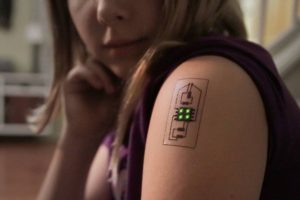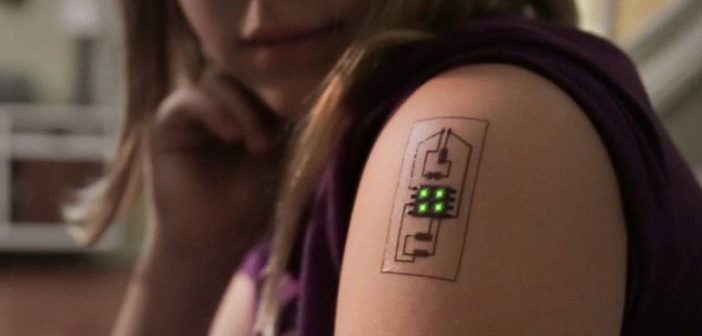Tattoos that can detect diabetes, 3D-printed organs, and more: 8 fascinating medical device innovations in the industry today.
The medical device industry is making possible technology that we could only dream of a few years ago. The medtech industry is expected to reach $595 billion, growing at a compound annual rate of 5.6% worldwide from 2017 through 2024, according to Evaluate Ltd. Several new players, including startups and SMBs, are entering the market. However many of them need the support of experts to successfully take their product to market. Medical device consultants help these companies develop a safe, effective product, and ensure regulatory compliance.
Here are some of the top medical device innovations in the industry today:
1. Wireless Heart Failure Monitors
At present, there is only one FDA-approved medical device for wireless heart failure monitoring. The CardioMEMS system is an implantable pressure sensor that delivers realtime data to physicians about the conditions within a patient’s cardiopulmonary system that might signify the onset of heart failure. According to St. Jude Medical, CardioMEMS could reduce hospital admissions for heart failure by up to 37 percent.
2. 3D-Printable Human Tissues
In 2018, the FDA awarded grants to five research institutes for the study and improvement of biomanufacturing, including 3D bioprinting. The applications of 3D printing in heart muscle transplants, blood vessel transplants, and nerve grafts are significant, to say nothing of the improvements such a breakthrough would bring to alreadycommon procedures like bone and organ transplants.
3. Closed-loop Insulin Delivery System
2016 saw the FDA approve the first hybrid closedloop delivery system for insulin. Living with diabetes has never been an enviable proposition, but such a delivery mechanism would stand to make managing insulin levels far easier for patients thanks to automatic testing, monitoring and real-time adjustments made by the pump. In this field of medicine, the desired endgame is a full artificial pancreas. At present, the closest product available to that standard is the MiniMed 670G from Medtronic.
4. Ice Pack for Mucositis
Chemo Mouthpiece is a device used to treat oral mucositis caused by chemotherapy. This FDA-registered device reduces the severity of symptoms before they can occur. It uses near-freezing temperatures to shrink the blood vessels of the mouth while chemotherapy drugs are being administered, making it harder for the drugs to reach the oral cavity. The launch of the product was supported by a Kolabtree expert, who helped put together all the technical documentation required to take it to market.
5. Tech Tattoos

Photo credit: Chaotic Moon
An upcoming category of epidermal electronics that brings wearable technology in robust contact with the skin is the “tech tattoo”. The temporary tattoos were first developed as a stick-on design on membranes that mimic the skin’s mechanical flexibility. The latest version of these tattoos permits permanent etching with bio-sensing inks onto the skin; converting it into a technology interface. These tattoos monitor and change color in response to bodily changes in blood glucose levels, hydration levels and excess exposure to UV radiation.
6. Smart Contact Lenses
The latest addition to wearable gadgets is a smart contact lens. Tested successfully in rabbits so far, the soft lens made of transparent stretchable nanomaterials, can detect increase in glucose levels in the tears, in real time. Some future applications of smart contact lenses will include measuring eye pressure and structural changes in cornea that may affect one’s vision.
7. A New Pair of Eyes
Israeli startup Orcam has developed a wearable assistive technology for blind and partially-sighted people to understand text, recognize faces and identify objects. It involves attaching a smartcamera onto eyeglass frames, which converts visual information into words which is spoken into the user’s ear. This AI-powered device offers support in 10+ languages. It’s also one of the most successful medical device innovations in recent years and has won several awards.
8. Biopolymer Silk
Germany-based AmSilk has developed high-quality silk biopolymers for use in textile products, medical devices and cosmetics. This eco-friendly product can be used in surgical meshes, wound dressings, electrical implants, as well as orthopedic and dental implants. The material is non-immunogenic, non-inflammatory, non-toxic and “invisible” to the human immune system. The material also conforms to applicable regulatory requirements for such devices and is produced in a manner that follows principles of the Good Manufacturing Practice (GMP) and Good Laboratory Practice (GLP).
Developing a medical device? Get support from Kolabtree’s qualified medical device experts. Consult product development consultants, regulatory experts and medical writers, who can help you develop a market-ready product while ensuring compliance with regulations (FDA/MHRA/MDR). It’s free to post your project and get started.







